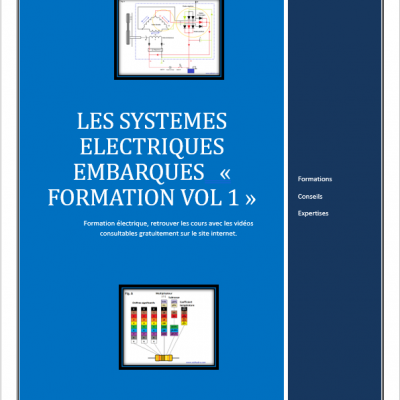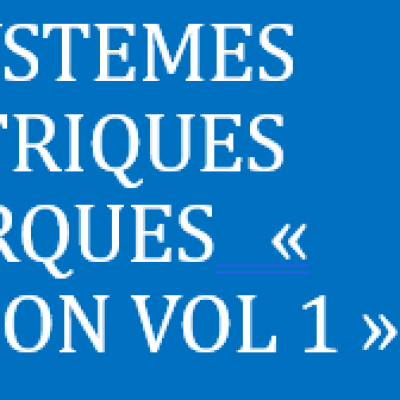The cylinder (item 5) is in mechanical stop and the pump (item 1) is driven by the motor (item 2) to the working regime.
The oil instantly accumulates in the cylinder (item 5) and the pressure rises in the circuit.
The pressure is established under the poppet valve (item 6 surface C), through the jet (item 11) a back pressure is established on the poppet valve (item 6 surface D) in addition to the spring of 5 bars (item 7). This back pressure is limited by the adjustment of the spring (9) of the pilot valve (item 8) is 95 bars.
At this moment, the pressure needed to lift the valve (item 6) is 100 bars (95bars + 5bars), the flow lifts the poppet valve (item 6) from the pressure reduction and closes the oil passage from A to B. The pressure read in M2 is reduced to 100 bar.
There will be a slight leakage at the poppet valve (item 8) discharged through the drainage port. It corresponds to the consumption of the jet (item 11) used to maintain the pressure reduction closed.
The flow rate supplied by the pump (item 1) will be brought back to the tank by the pressure relief valve (item 3) at 200 bars.
The value read on the pressure gauge M1 is 200 bars reduced to 100 bars read on the pressure gauge M2 when the cylinder is in mechanical stop.
To note : If a leak appears on the piston of the cylinder (item 5), the pressure in M2 will tend to drop, the poppet valve (item 6) will move slightly and let the flow necessary to compensate for this leakage without exceeding 100 bars.
5- Adjusting the pressure reducer
It is imperative to install a pressure gauge after the pressure reduction
- Loosen the pressure reducer.
- Start the pump, motor working speed (max).
- Tighten the pressure relief valve by checking the setting (200 bars) on the pressure gauge installed at the pump outlet (M1).
- Tare the pressure reducer. At 50 bars the cylinder moves, at this moment it is necessary to stop the adjustment and wait until the cylinder is in mechanical stop.
- Finish setting the pressure reducer at 100 bars read on the pressure gauge M2.


















